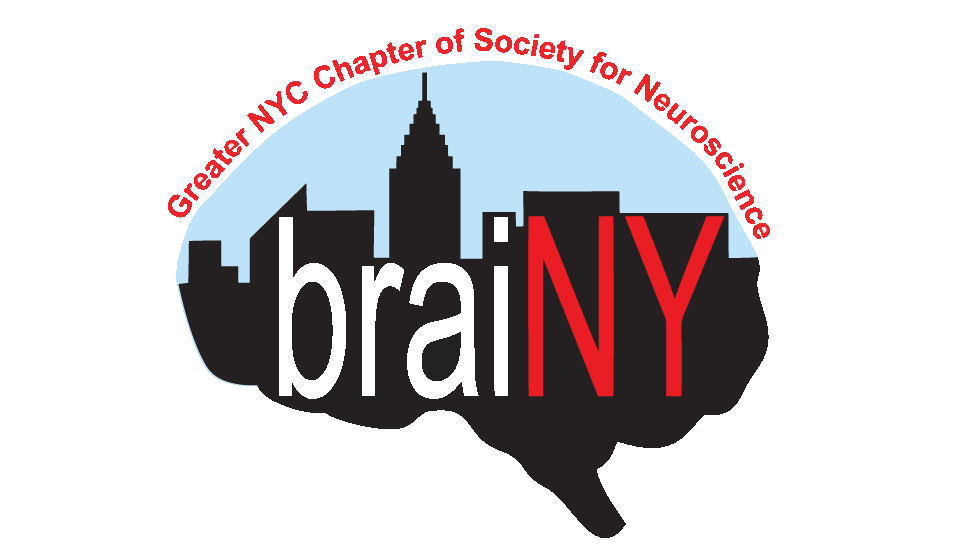Anxieties Origins in the Brain, Body, and Genetics
By Zoe Otto
Anxiety is a universal emotion, so why is it so misunderstood? In today's world, anxiety and mental health as a whole is largely stigmatized, leaving many of us feeling alone and in the dark. Anxiety in youth has nearly doubled compared to pre-pandemic levels, stressing how crucial it is to create safe spaces and conversations dedicated to debunking the misconceptions revolving around mental health.
First off, what is anxiety? Like all emotions, anxiety originates in the brain but can manifest as physical feelings throughout the body. Anxiety is essential to human survival as it helps us avoid danger. We are all familiar with getting anxious the day before a test and feeling the need to study, which shows that a manageable amount of anxiety can be really helpful as it serves as motivation. However, it is important to make a clear distinction between anxiety and generalized anxiety disorder (GAD). GAD is when a person repetitively feels like they are in a dangerous situation but in reality are actually safe. Since the brain labels anxiety-inducing situations as dangerous, the natural response is to escape and avoid. However, avoidance ultimately heightens anxiety. When escaping an anxiety-inducing situation, the brain and body experiences a sense of relief which serves as positive feedback, causing the neurological pathways that signal anxiety to become stronger. The more anxiety a person experiences, the stronger the pathways become, creating a vicious cycle.
Disordered anxiety can take over people's lives. It can make going to the grocery store or walking down the street feel like a daunting task. Many people with GAD understand that anxiety is not based on reality but feel ‘trapped ’ inside their thoughts and feelings. To understand the process of anxiety, we need to take a deeper look at how and where it starts: the brain.
The limbic system, which includes the hippocampus, amygdala, hypothalamus, and thalamus, controls behavioral and emotional responding. The prefrontal cortex takes the emotional information from the limbic system and integrates it into decision-making. People with anxiety disorders show more activity than normal in the amygdala, the area in the brain’s limbic system associated with fear.
To understand how anxiety works in the brain, we need to briefly review the anatomy of a neuron — the most fundamental unit of the nervous system. Dendrites are the parts of the neuron that receive the signal from the previous neuron, passing it to the neuron's cell body to be processed. The axon of the neuron transmits this signal to the next neuron like a telephone line. Dendritic spines (which exist on the surface of the dendrites) make connections with the axon terminals of neighboring neurons through a tiny gap called the synapse.
Upon exposure to repeated stress and anxiety, dendrites of certain neurons in the hippocampus (the region of the brain responsible for memory) and the prefrontal cortex (the decision-maker), shrink and dendritic spines retract. This evidence proves that stress causes a decrease in connectivity and weakening in communication of neurons in the hippocampus and prefrontal cortex. Since the hippocampus is responsible for providing context of a situation and the prefrontal cortex is in charge of cognitive control, a person with diagnosed GAD might find it tremendously difficult to calm themself down through rationality. On the other hand, the amygdala, the region of the brain associated with fear, has the opposite response. Stress and anxiety results in an increase in dendritic spine length in neurons which supports the connectivity of neurons. In other words, for people with GAD, the communication within the region of the brain associated with fear is enhanced and in turn, leads to people with GAD perceiving non-threatening situations as dangerous. It’s crucial to remember that anxiety can not just be “turned off” and that the causation behind chronic anxiety is complex and unique to the intricate brain chemistry of a person.
So, how does anxiety manifest in the body? Anxiety, similar to excitement, pumps the hormone epinephrine, also known as adrenaline, throughout the body as a means of preparing the body to take action. This survival mechanism is commonly referred to as the fight-or-flight response. In fact, all animals have some sort of threat detection system which helps protect them from predators and dangerous situations where they have to fight or flee. However, it is clear that the fight-or-flight response is not only triggered by real life dangers but can be triggered by perceived dangers in situations that are completely safe. The release of epinephrine causes muscles to tense, breathing and heart rate to rapidly increase, and the mind to switch into a gear of hyperawareness. Living in a prolonged state of high alertness, stress, and worry is detrimental to mental health and is unfortunately a very common symptom for people with GAD.
In the limbic system, the hypothalamus acts as a communicator between the body and the brain through the autonomic nervous system. There are two main divisions of the autonomic nervous system: sympathetic and parasympathetic. The sympathetic nervous system is what triggers the flight-or-fight response whereas the parasympathetic nervous system rebalances and calms the body to conserve energy. In an anxiety inducing situation, the amygdala sends a distress signal to the hypothalamus . The hypothalamus then sends signals through the autonomic nerves, which control involuntary actions such as heart beating. The adrenal glands (a part of the sympathetic nervous system) receive signaling from the autonomic nerves and pump the steroid hormone epinephrine into the bloodstream, causing pulse rate and blood pressure to go up. Epinephrine also triggers the release of blood sugar which provides extra energy throughout the body. A study performed by the Journal of Neurophysiology found that adults with chronic anxiety have a greater sympathetic response to mental stress highlighting how GAD is both a mental and physical battle.
Anxiety can be influenced by a variety of environmental factors but what role does genetics play? Is there a genetic predisposition to anxiety? Genetic studies have estimated that anxiety disorders, such as GAD, have a heritability rate of approximately 26%. In other words, 26% of the variability that determines whether or not people develop anxiety is caused by genetics. In 2013, a study found 11 “vulnerability genes” that point to hereditary anxiety. “Vulnerability genes” are genes that seem to make individuals more susceptible to environmental influences. Additionally, another study published by Cambridge University researched how genotype and environment influence anxiety in 49,524 twins for 25 years. The study found that as twins aged, and their environment became increasingly different, the influence of genetics on their chance of developing anxiety decreased. Collectively, these studies demonstrate that risk-factors for anxiety are more heavily influenced by the environment than genetics. While 1 quarter of the risk for developing anxiety is genetic, the remaining 3 quarters are determined by prolonged environmental factors such as traumatic experiences or a person's upbringing.
For many, mental illness and struggling with mental health is a silent and lonely battle. By educating ourselves with real facts instead of myths, we are paving the way for a more safe, aware, and kind world. If there is anything I want us to take away from this article, it is to be kinder, gentler and more compassionate. We all have our individual struggles, and having a shoulder to lean on or an open ear to talk to can make a world of difference.
Zoe is a born-and-raised New Yorker who currently attends the High School for Math, Science and Engineering at City College. She is a student in CEYE’s Biomedical Enrichment Program at The Icahn School of Medicine at Mount Sinai. Zoe has a dual passion for writing and science and is a part of Dr. Dragon, her high school’s student-run STEM magazine. Exploring science is how Zoe makes sense of the world around her. In her free time, you can usually find Zoe playing the piano, on her computer at a random coffee shop, or on the A-train.
Edited by Denise Croote, PhD

